SMT PCB assembly development characteristics and process flow
Introduction
As the electronics industry continues to evolve towards miniaturization and thinner designs, Surface Mount Technology (SMT) has emerged as a key process, becoming the mainstream in electronic production. This chapter delves into the SMT PCB assembly process, including component installation, production equipment, and circuit board rework. Additionally, it introduces the application of Microelectronics Packaging Technology (MPT). Understanding these advanced technologies is crucial for optimizing production efficiency and ensuring high-quality electronic products.
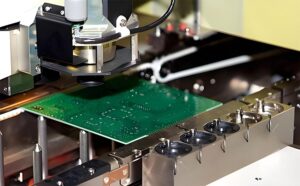
Evolution of Surface Mount Technology (SMT)
Early Development (1970-1985)
The initial phase of SMT focused on integrating miniaturized components into hybrid circuits. This era marked the beginning of a shift towards smaller, more efficient electronic assemblies.
Foundation and Growth (1976-1985)
During this period, SMT facilitated the development of multi-functional, compact electronic products. This stage also saw significant advancements in surface mount equipment, laying the groundwork for the widespread adoption of SMT in the electronics industry.
Technological Advancements (1986-1995)
The implementation of screen printing and reflow soldering technologies characterized this era, leading to a reduction in product costs and an increase in performance-to-cost ratios. These innovations were pivotal in making SMT a standard in electronic manufacturing.
Modern Innovations (1996-Present)
The current phase of SMT is defined by the mass production of high-capacity, multi-functional, and highly reliable micro-sized components. Automation in production equipment has reached new heights, with faster processing speeds and advancements in lead-free, environmentally-friendly soldering techniques, such as flip chip and specialized soldering methods.
Key Characteristics of Surface Mount Technology
Achieving Miniaturization
SMT components feature electrodes with either no leads or very short leads, significantly reducing the space between adjacent electrodes compared to traditional through-hole technology (THT). The smallest lead pitch in SMT is now as narrow as 0.3mm. This miniaturization results in SMT components being 60% to 90% smaller and lighter than their THT counterparts while maintaining the same level of integration.
Enhancing Electrical Performance
Surface-mounted components reduce parasitic inductance and conductor inductance, while simultaneously improving the characteristics of capacitors, resistors, and other elements. These improvements result in minimal signal transmission delay, faster signal propagation, reduced radio frequency interference, and better high-frequency performance, leading to faster operational speeds and significantly lower noise levels.
Facilitating Automation and Mass Production
The standardization and serialization of chip component shapes, along with consistent soldering conditions, have made high levels of automation possible in SMT production. Advanced high-speed placement machines, equipped with technologies like “laser centering” and “in-flight alignment detection,” have dramatically improved production efficiency.
Reducing Material and Production Costs
The smaller size of SMT components reduces the consumption of packaging materials, and the high automation levels in SMT production lead to higher yield rates. Consequently, SMT components are generally less expensive. Additionally, SMT assembly requires no pre-shaping or lead trimming of components, and PCBs do not need to be drilled, resulting in significant savings in labor and materials. For example, after adopting SMT, Datang Telecom’s production costs for its telephone exchange equipment decreased by 40 RMB per line.
Improving Product Quality
SMT circuit boards achieve greater reliability and stability due to the compact and powerful nature of chip-based integrated circuits. A single chip on an SMT board can perform the functions of multiple THT integrated circuits, significantly reducing the likelihood of circuit board failures.
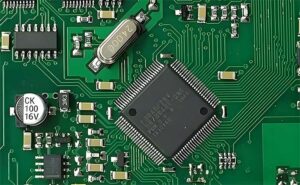
Surface Mount Technology (SMT) Process Flow
Assembly Process for Single-Sided SMT Boards
1. Solder Paste Application
Solder paste application is the first step in the SMT production line, where solder paste is applied to the PCB pads, preparing them for component placement and soldering.
2. Component Placement
Surface-mount components are accurately placed onto the designated positions on the PCB.
3. Curing
The curing process melts the adhesive, ensuring that surface-mounted components are firmly attached to the PCB.
4. Reflow Soldering
The reflow soldering process melts the solder paste, creating a strong bond between the surface-mounted components and the PCB.
5. Cleaning
The cleaning process removes harmful solder residues (such as flux) from the assembled PCB.
6. Inspection
Inspection ensures the quality of soldering and assembly on the finished PCB.
7. Rework
Rework addresses any defects found during the inspection, ensuring that the final product meets quality standards.
Assembly Process for Double-Sided SMT Boards
Double-sided SMT assembly begins with reflow soldering on Side A of the PCB, followed by inspection and rework for any detected defects. The process is then repeated on Side B, including reflow soldering, cleaning, and inspection.
Mixed SMT and THT Assembly Process
This process involves both SMT and THT components. Side A of the PCB undergoes solder paste application, component placement, and reflow soldering. After flipping the board, Side B components are attached using adhesive, cured, and then followed by the insertion of THT components on Side A. The final steps include bending the component leads, wave soldering, cleaning, inspection, and rework. This mixed assembly process is ideal for PCBs with high component density and a combination of SMT and THT components, offering increased processing efficiency and reduced manual soldering requirements.
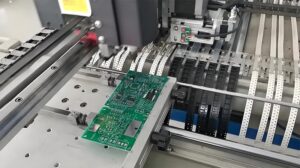
Conclusion
Surface Mount Technology (SMT) has revolutionized the electronics manufacturing industry, offering unparalleled advantages in miniaturization, electrical performance, automation, and cost reduction. As SMT continues to evolve, its integration with advanced technologies like lead-free soldering and high-speed automation ensures that it remains at the forefront of electronic production. For industry leaders like Gekunflex, leveraging SMT’s full potential is key to delivering cutting-edge, reliable, and cost-effective electronic products.

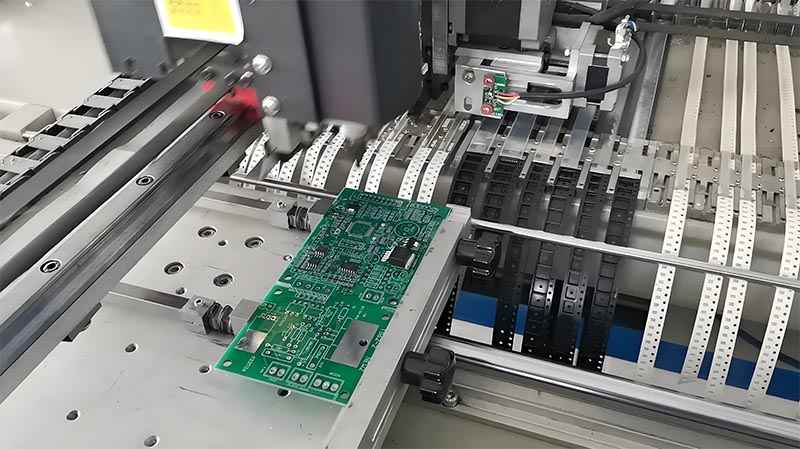

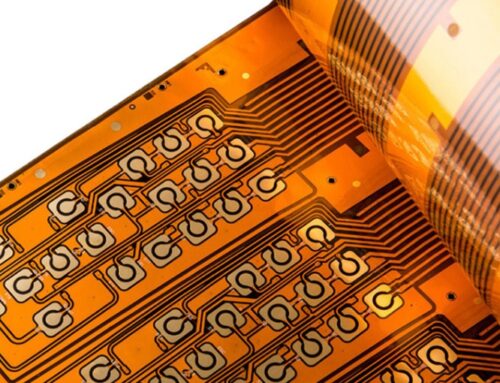
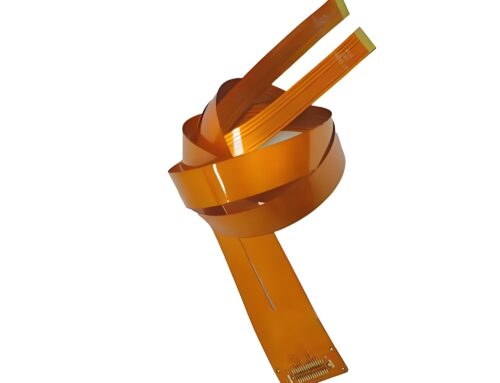



Leave A Comment